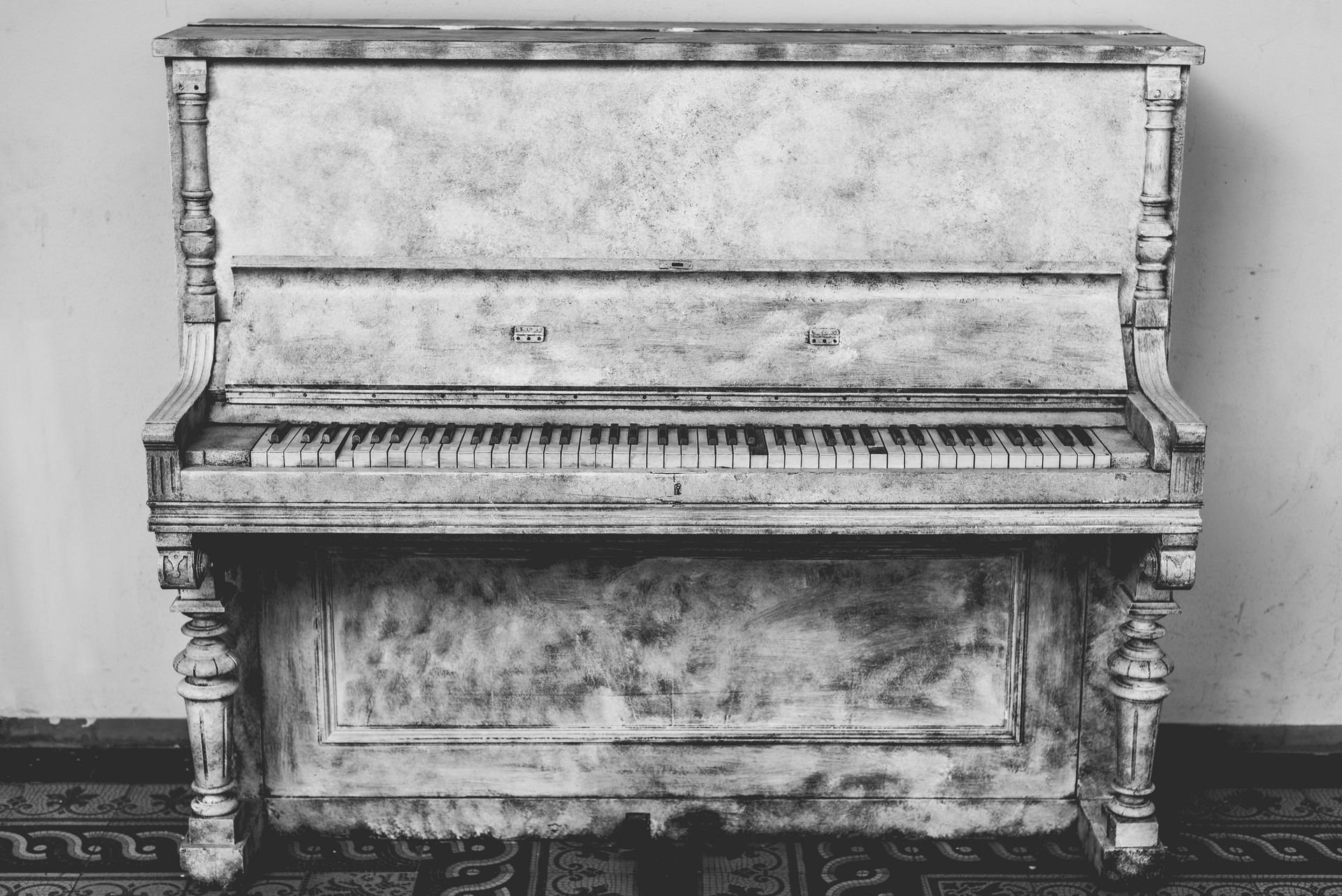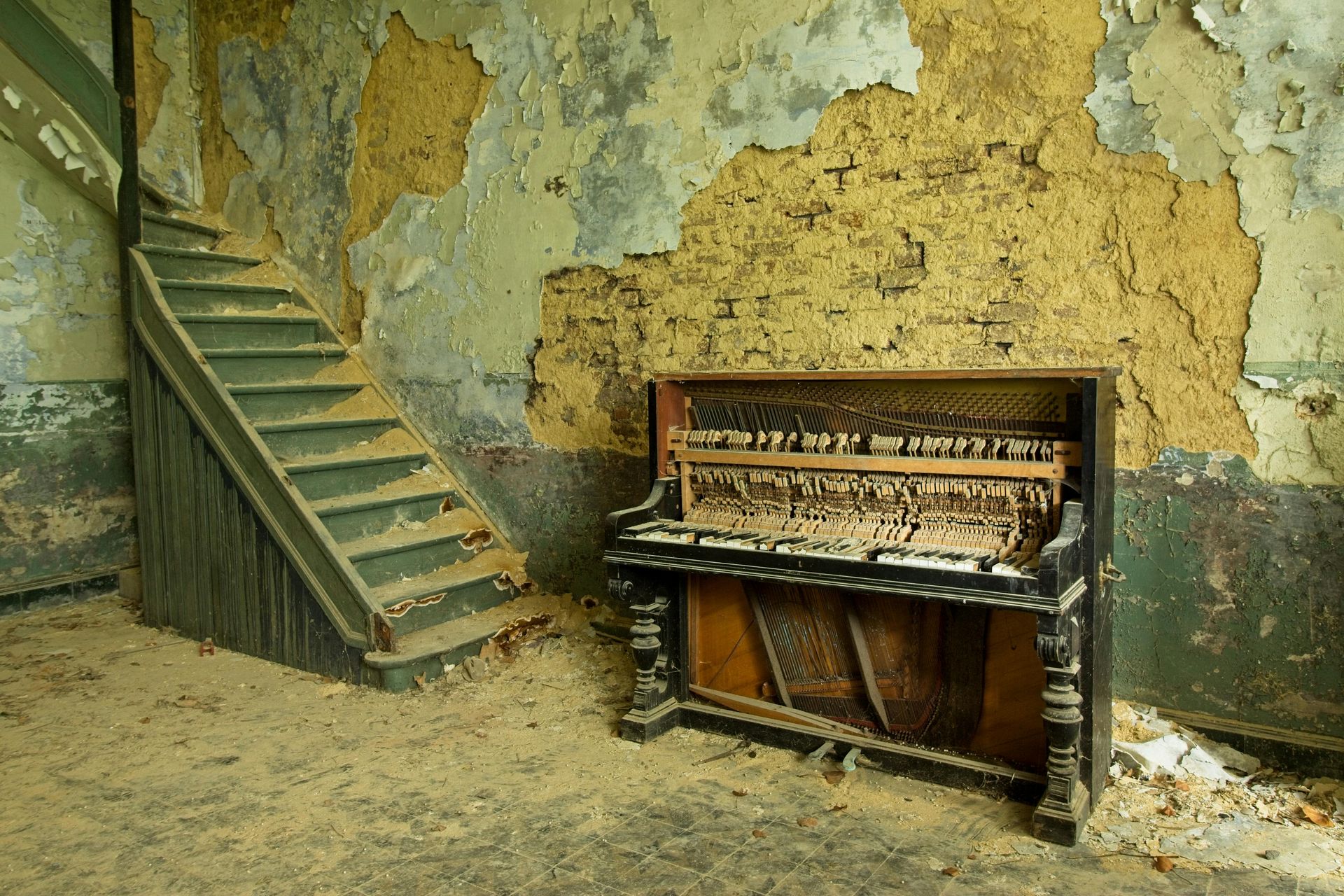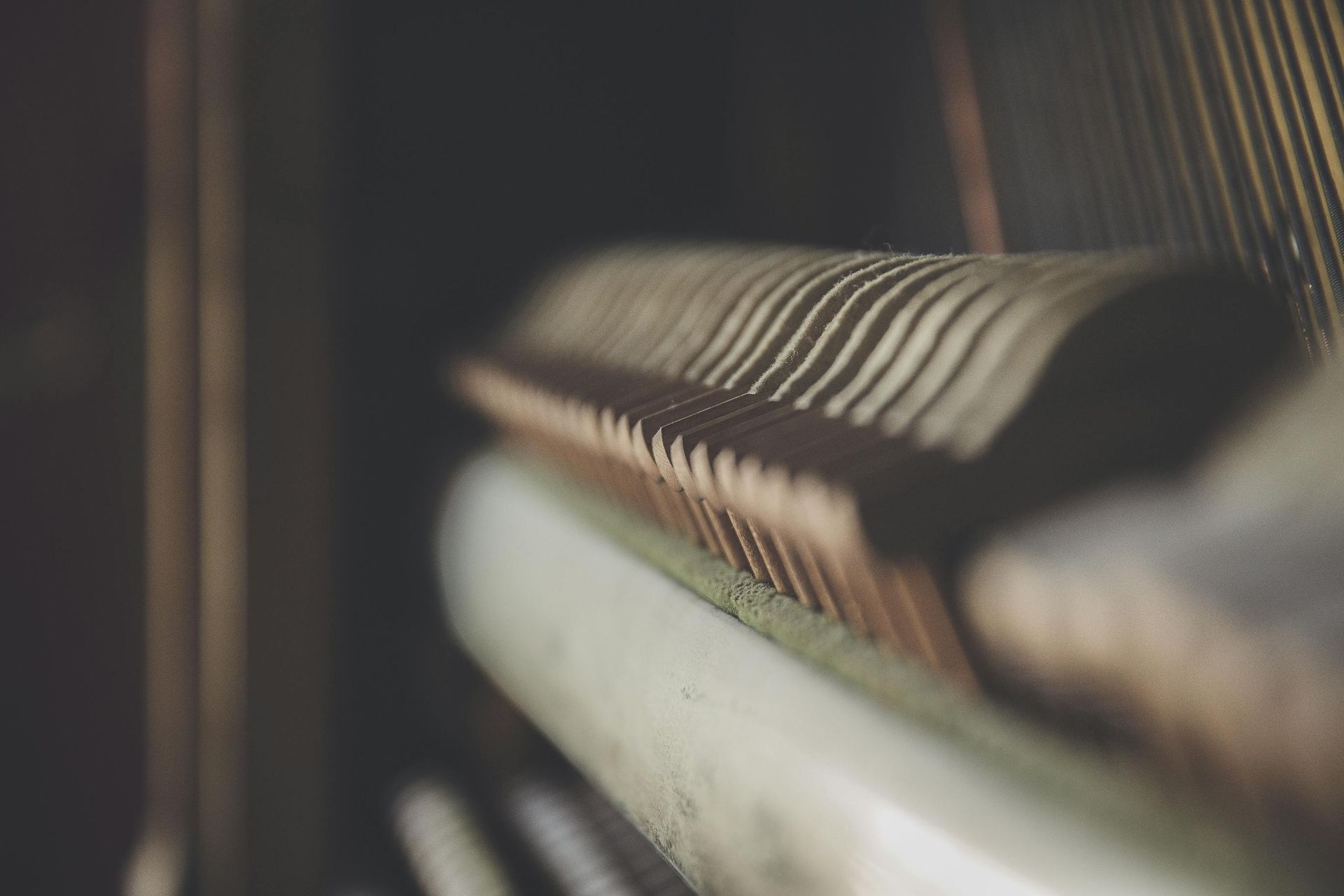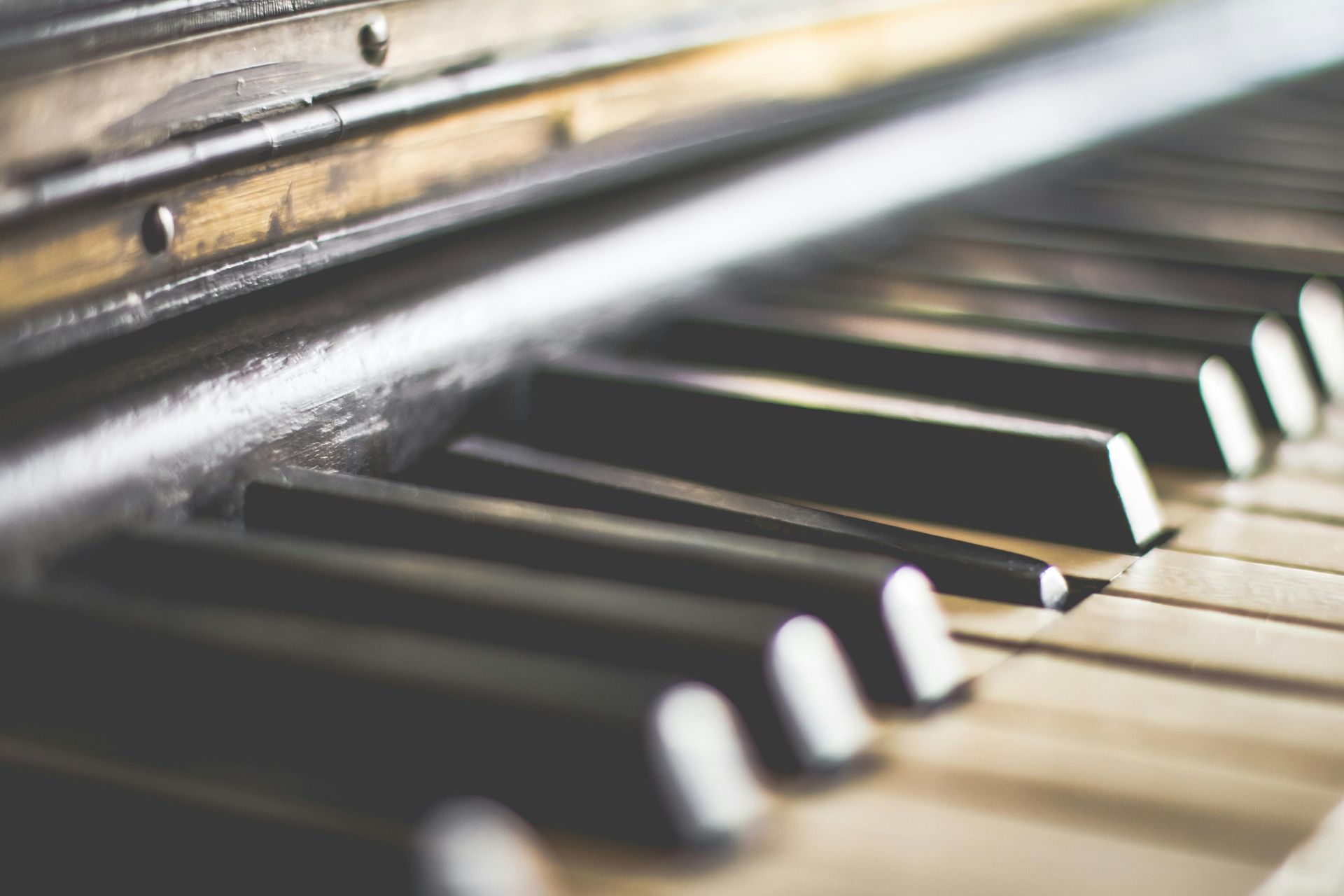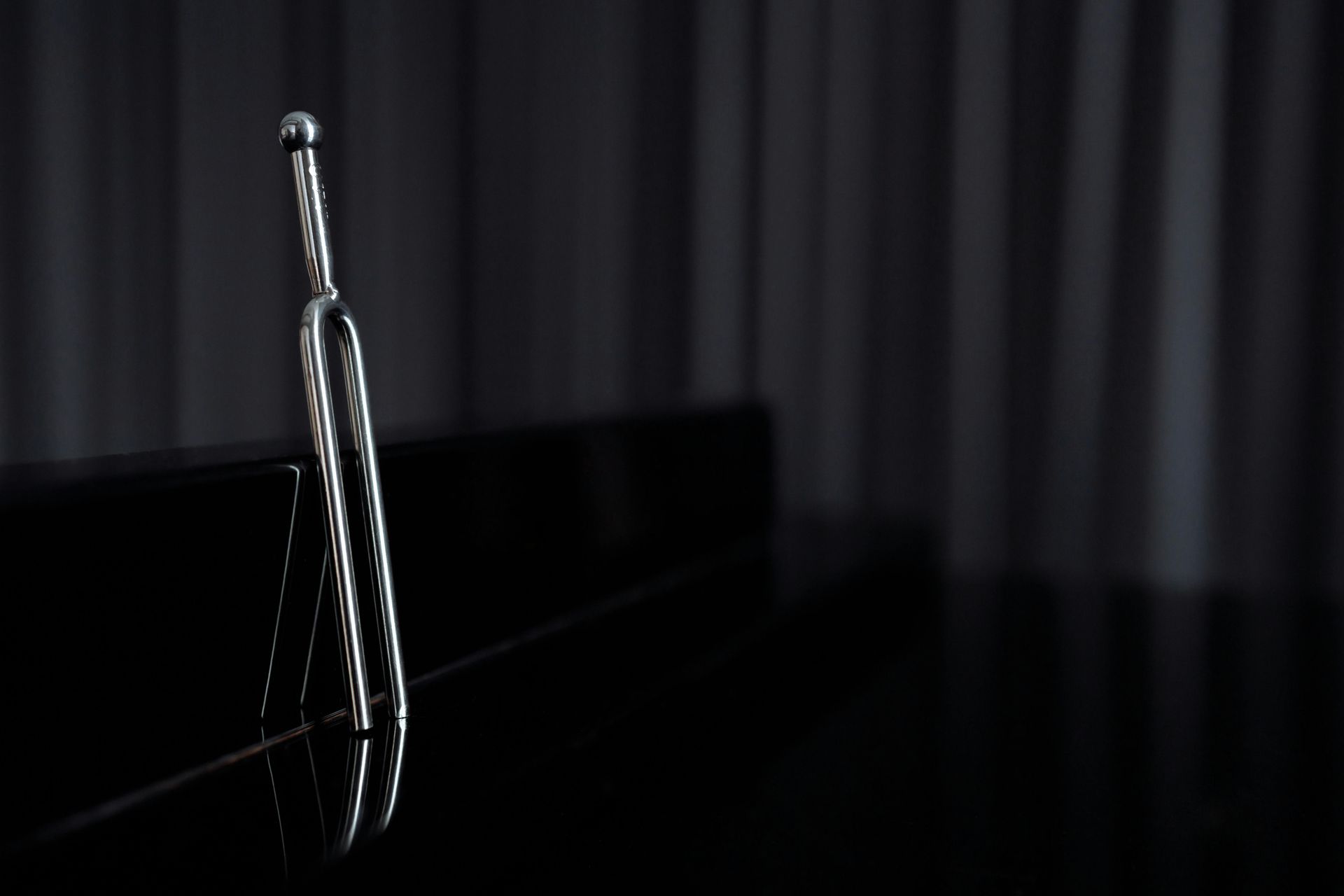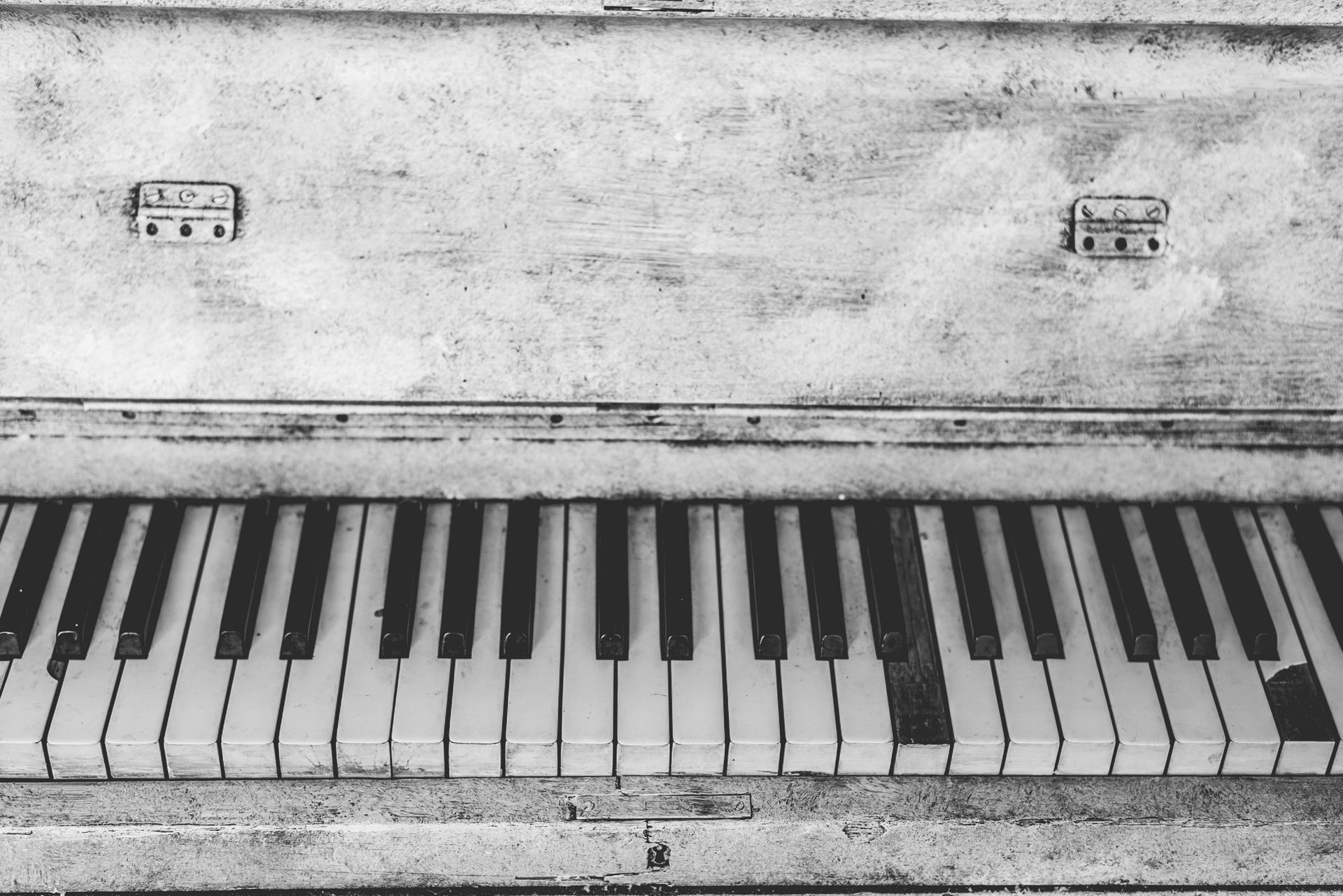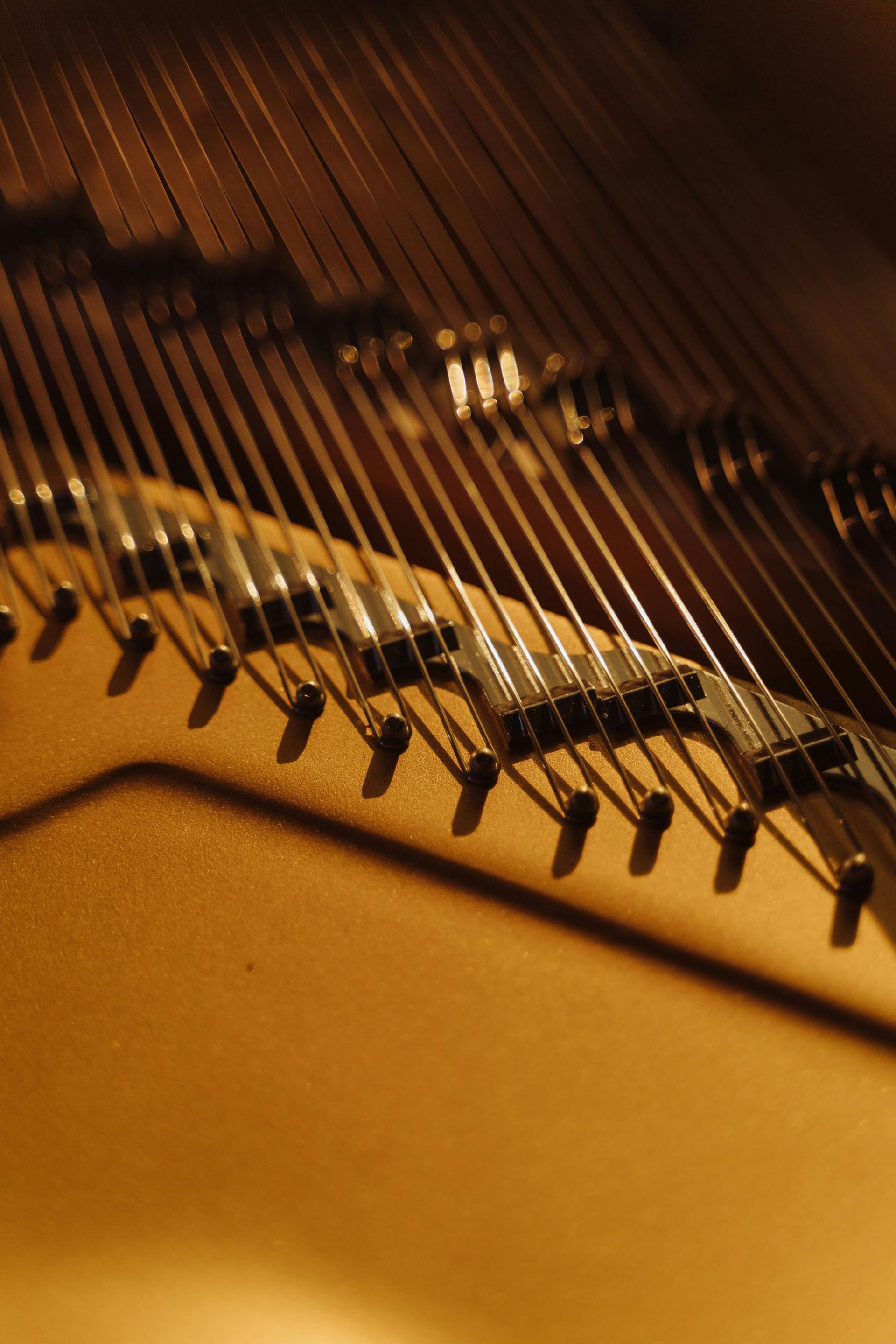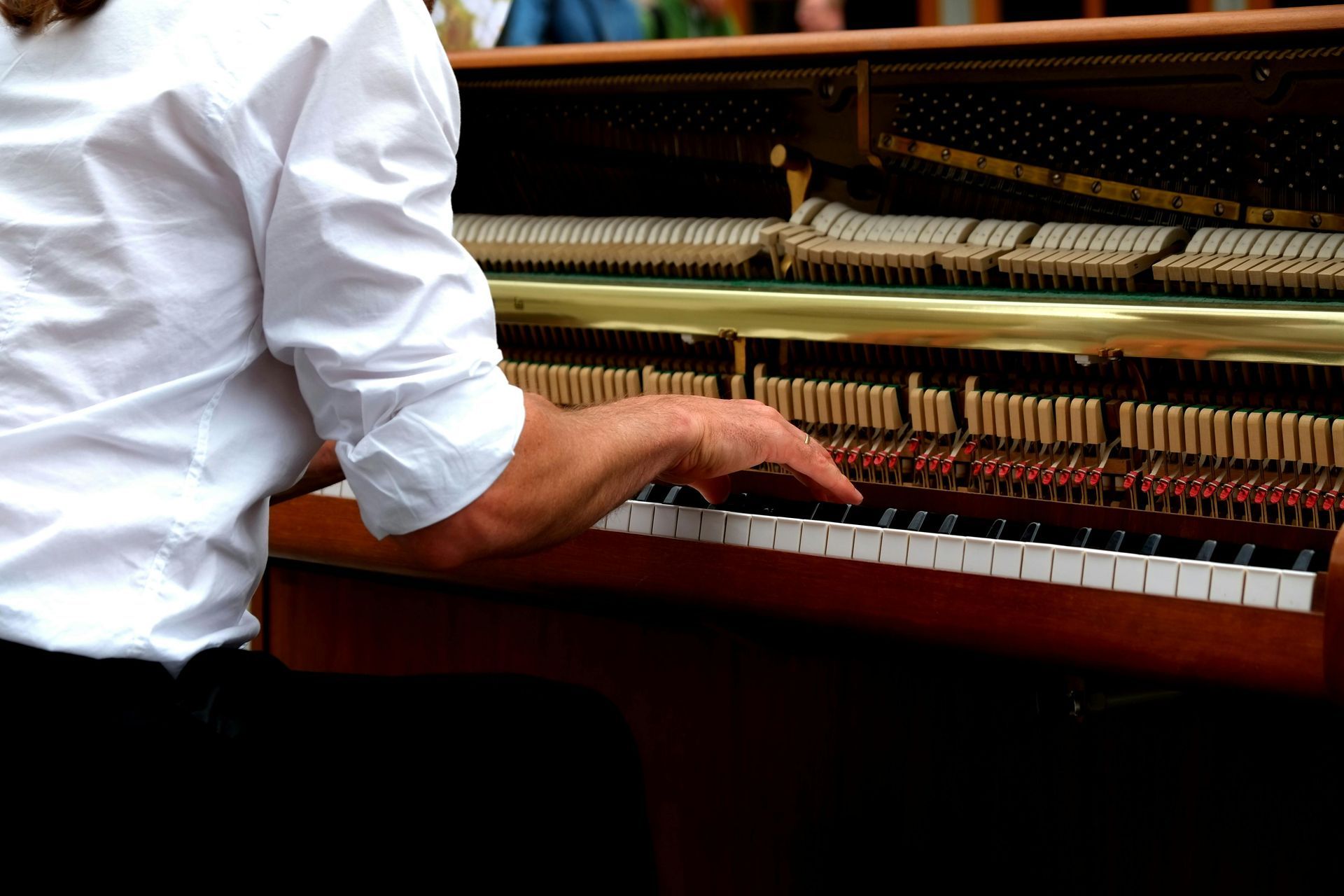Why the Catch-Up Tuning After a Pitch Raise Matters (And Why It’s Not Just Being Fussy)
Why the Catch-Up Tuning After a Pitch Raise Matters (And Why It’s Not Just Being Fussy)
If your piano has gone a few years without tuning, chances are it's dropped below standard pitch. In this case, we may recommend a pitch raise—a special kind of tuning that brings your piano back up to concert pitch (A440).
But here’s the part many piano owners don’t realise:
The pitch raise is just the first step.
To truly stabilise your piano and help it hold its tune, a follow-up “catch-up” tuning is essential—and skipping it can undo the progress you've just made.
What Is a Pitch Raise?
When a piano hasn’t been tuned for a long time, the string tension decreases, and the overall pitch drops. A pitch raise adjusts the tension of all the strings—adding back thousands of kilos of pressure—to bring the piano back up to proper pitch.
It’s a big shift for your piano’s structure, and even though it sounds much better right after, things are still settling inside. Strings stretch, the soundboard adjusts, and tuning pins move slightly in response to the new tension.
Why the Catch-Up Tuning Is Important
After a pitch raise, the tuning is temporarily stable—but not fully locked in. Within a few weeks, the piano will naturally start to drift out of tune again. That’s not a mistake—it’s expected.
Here’s why the catch-up tuning (also called a stabilising or follow-up tuning) is so important:
It locks in the new pitch
The second tuning adjusts the now-settled strings, helping the piano hold its pitch and tuning much longer.
It brings fine accuracy
During the pitch raise, the focus is on overall tension, not perfect tonal balance. The catch-up tuning is where we can fine-tune the piano’s voice.
It prevents future issues
Skipping this step can lead to rapid detuning, repeat pitch raises, and extra maintenance later. A small investment now saves hassle and money later.
When Should It Happen?
Ideally, the catch-up tuning should take place about 6 months after the pitch raise. This gives the piano enough time to settle—but not enough time to drift too far again.
Bottom Line
A pitch raise gets your piano back to pitch.
A catch-up tuning helps it
stay there.

